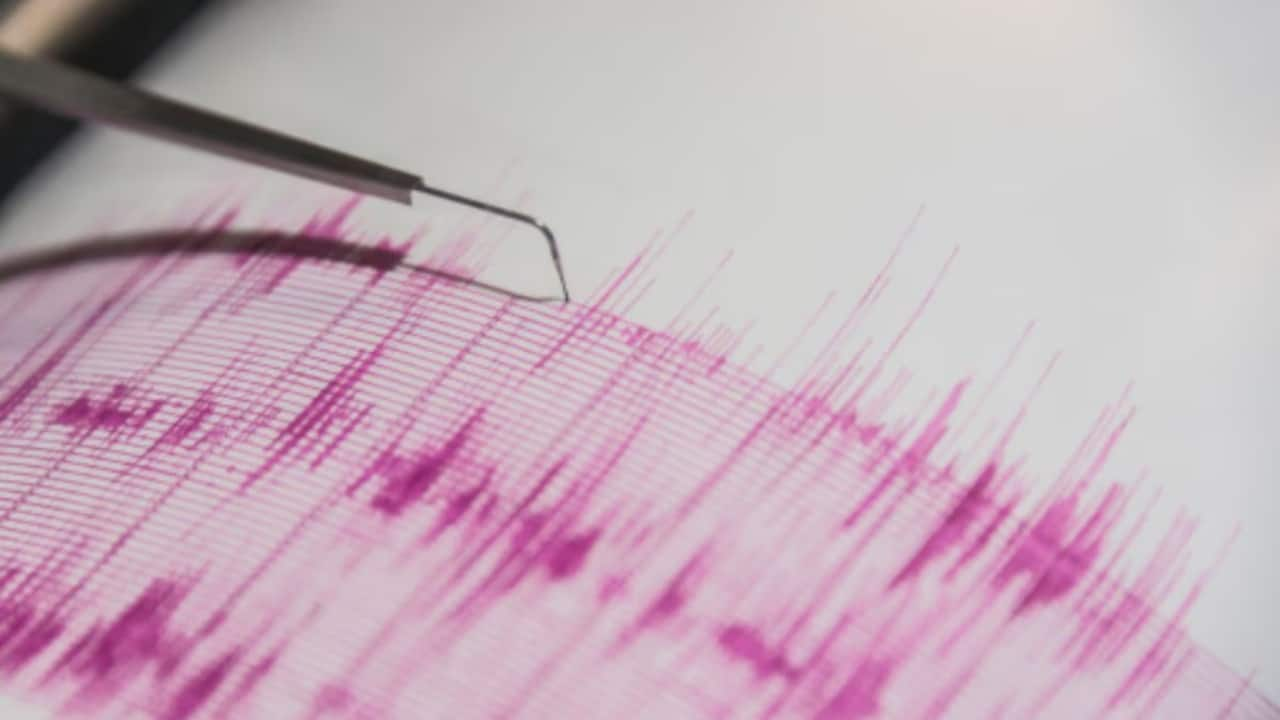When President Donald Trump launched his first trade war in 2018, China weakened the yuan to offset US tariffs imposed on its exporters. But the sharp depreciation did not come about immediately. President Xi Jinping only resorted to this tool after complaints to the World Trade Organization, retaliation in kind, and initiating trade talks all failed to reach any resolution.
Now that the two are engaged in another round of hostilities, when Beijing will devalue the yuan — and by how much — is a matter of great concern. Its actions could ignite a global currency war and exacerbate fears of capital outflow from emerging markets. The People’s Bank of China is signaling a willingness to weaken the RMB, but on its own terms.

Last week, the central bank set its daily reference rate at above 7.20 per dollar, a psychologically important level that had not been breached since September 2023, even as the greenback fell against other major currencies. Meanwhile, the PBOC has asked state banks to reduce dollar purchases to avoid steep declines in the yuan.
Trump’s punitive tariffs will hurt. In the December quarter, net exports contributed to 46% of China’s total economic expansion. As a result of this trade shock, the economy might grow by only 2% this year, the lowest since late 1970s, according to Barclays Plc.
For now, yuan traders can expect some calm. That no major stimulus has been announced doesn’t mean it won’t come. After all, it takes time to put together a big package.
To hit the 5% growth target, Beijing will need to roll out another 12 trillion yuan ($1.6 trillion), or 8.6% of gross domestic product, the bank reckons.
At the National People’s Congress in March, China already raised its broad budget deficit to 8% of GDP, versus 6.6% last year. In recent weeks, top officials have said the government has ample room for more fiscal easing.
This tranquility may be broken, however, if China can’t come up with a concrete fiscal figure by the Politburo meeting in July, when top politicians set out economic priorities for the rest of the year. Monetary tools may have to be deployed instead. In this case, the yuan might trend toward 9 per dollar from the current 7.
3 to offset Trump’s tariffs, estimates Barclays. While Barclays’s 20% downside sounds alarming, intuitively, it makes sense. The RMB weakened as much as 10% in 2018, when the US raised its average tariff rate by less than 20%.
Now, Chinese exporters on average face 135% levies. The yuan is roughly flat against the greenback this year. To be sure, economists are making various assumptions to reach their price targets.
Barclays, for instance, assumes a fiscal multiplier of 0.3, so every percentage point increase in budget deficit gives only 0.3% boost to growth.
Morgan Stanley, on the other hand, is more generous, seeing a 0.5% lift. What they do agree on, however, is that Beijing will stick to its growth target, one way or another.
Calling Trump’s tariff escalations a “joke,” China has vowed to “fight to the end.” That means every tool is on the table, including the currency. Be prepared.
Courtesy Bloomberg/Shuli Ren.
Politics

When will China start to devalue the yuan?

When President Donald Trump launched his first trade war in 2018, China weakened the yuan to offset US tariffs imposed on its exporters. But the sharp depreciation did not come about immediately. President Xi Jinping only resorted to this tool after complaints to the World Trade Organization, retaliation in kind, and initiating trade talks all [...]The post When will China start to devalue the yuan? appeared first on MACAU DAILY TIMES 澳門每日時報.















